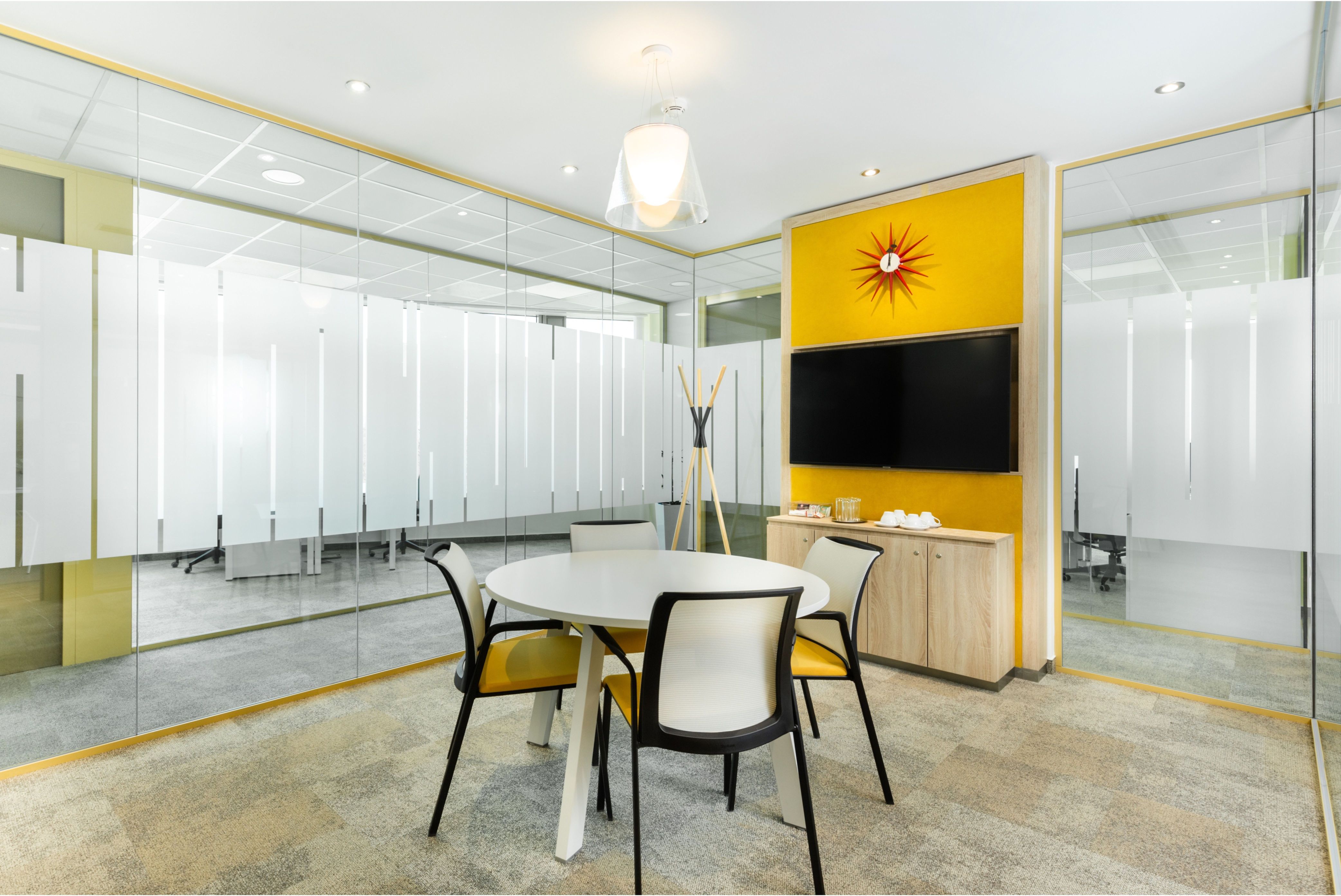Get Ready to say Goodbye to the Open Plan Office

This decade, offices are expected to transform drastically. It is not only the changing generations that are driving this rejuvenation, but also the idea that we can work better in improved conditions. Forget open plan formats and cubicles, and get ready for home-like community offices arranged around function.
Tibor Jancsó
In the past few decades, the open office concept was the accepted nom for an office. On the one hand, it was said to encourage better communication among employees and more effective teamwork. It was also cost-effective: one could squeeze more workers into less space.
“As space partitioning was also decreased, it meant that lower expenses could be achieved, so attractive budgets could be presented to companies who wanted to relocate or expand,” Tibor Jancsó, manager of AGS Pro Kft., a dealer for König + Neurath Office Furniture in Hungary, tells the Budapest Business Journal.
“And companies loved this concept: higher communication and better teamwork, less space and a lower budget. It seemed to be the perfect solution,” he adds
The open layout spread rapidly, and today itstill dominates the scene, despite the fact that research has proven that the setting is not suitable for focused work. Jancsó says 70% less time is spent on interaction in such spaces and electronic communication, such as sending emails or direct messages to people sitting right next to you, increases sharply.
Jancsó says that is why the German office furniture manufacturer König + Neurath introduced its König City concept, which essentially organizes an office like a city: boasting dedicated areas for different functions, such as communication, focused work, leisure and so on.
Ten years ago it was quite different, though. “At the beginning of the previous decade, offices offered minimal comfort; they focused purely on functionality,” Júlia Réka Varjú, Head of Office Furniture department at Basic Collection in Hungary, tells the BBJ.
She stresses, however, that when we talk about office trends, mainly it refers to “A” category office buildings, which only multinationals and some progressive-thinking SMEs can afford; the majority of Hungarians do not work in such circumstances.

Júlia Réka Varjú
Less Competition
“The labor market then saw less competition, turnover rates were lower. At the same time, offices needed to meet the requirements of another generation: the Gen Xers. They focused on tight functionality: working units and some additional shared spaces, such as lobbies, meeting rooms, kitchens and dining spaces,” Varjú adds.
An office is not purely a working environment anymore; it has become a very important tool for human resources in both retention of staff and attraction of new talent in times when qualified workforce is scarce.
“The market has changed, one needs to compete with Western employers,” Varjú says. “Western trends come faster, and the requirements of Generation Y and Z are also different,” she adds.
As companies started realizing that open office spaces do not offer a universal solution for every need, a short transitional period sparked huge cozy areas, such as lounges, to better facilitate cooperation and teamwork. This is expected to evolve further.
“Offices will look more like a home, equipped with interactive devices, for example, three-dimensional holograms for meetings and presentations,” Jancsó says.
As big dedicated working spaces will fade out, he adds, analysis of real-time data will reveal which areas are used more or less, which will help adjust offices to real needs. One thing is certain, however.
“Demand for private rooms and spaces for more focused work and private phone conversations is on the increase,” Jancsó adds.
Similarly, sit-stand working stations, where the employee can easily switch between working seated or standing up, are also becoming frequently-sought. Any transformation will take well-being as a key aspect.
Community Spaces
Community spaces are also taking on increased importance. “As opposed to work-stations, community spaces are receiving bigger emphasis; allowing for better informal cooperation and better efficiency,” Varjú says.
She adds that new types of community spaces that help employees re-energize quickly (fitness rooms, relax spaces, game spaces) have also started appearing more often.
“Modern workplaces support flexible working,” she says, adding that home office has an economic approach too; a company needs to rent smaller places while can still get more employees to work.
Digitalization is also a game-changer. “It started with creating the right personalized ambience, such as the light adjusting according to the special needs when sensing that a worker is around,” Jancsó says. “If the worker leaves, the light turns off.”
At the same time, using digital solutions for booking meeting rooms, work stations or even devices, can support efficient work; employers may even find they need to purchase less equipment if it is properly shared and utilized.
Office equipment can also support more healthy way of working. “A chair can warn the user when it senses an incorrect posture or prolonged sitting. A table can advise a healthy working posture. Perfectly set light, temperature, and humidity can be set up to boost performance,” Jancsó says about the not so far future of office spaces.
Regardless of what type of technology is introduced, however, the most important aspect is that “the space should be arranged in a way that one can sit down to work for shorter or longer periods of time wherever,” according to Varjú.
“The three prerequisites for this are seating, internal internet network/Wi-Fi and 220-volt electrical network,” she says. The way of working and demand for functionality will further define spaces, whether it is for individual high-focus working or louder teamwork. Yet, it is all impossible without a state-of-the-art, stable and secure IT system, Varjú concludes.
SUPPORT THE BUDAPEST BUSINESS JOURNAL
Producing journalism that is worthy of the name is a costly business. For 27 years, the publishers, editors and reporters of the Budapest Business Journal have striven to bring you business news that works, information that you can trust, that is factual, accurate and presented without fear or favor.
Newspaper organizations across the globe have struggled to find a business model that allows them to continue to excel, without compromising their ability to perform. Most recently, some have experimented with the idea of involving their most important stakeholders, their readers.
We would like to offer that same opportunity to our readers. We would like to invite you to help us deliver the quality business journalism you require. Hit our Support the BBJ button and you can choose the how much and how often you send us your contributions.









